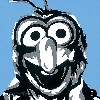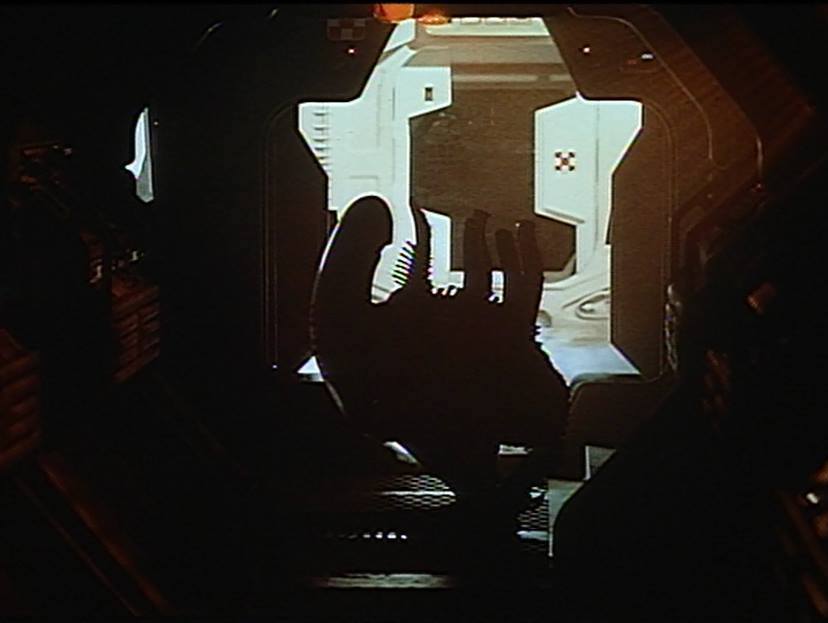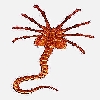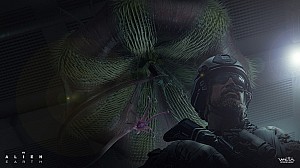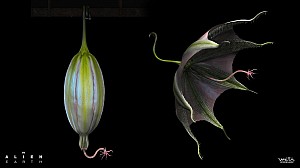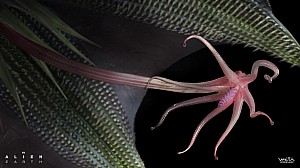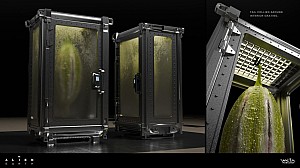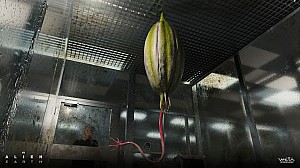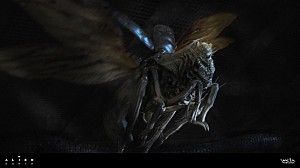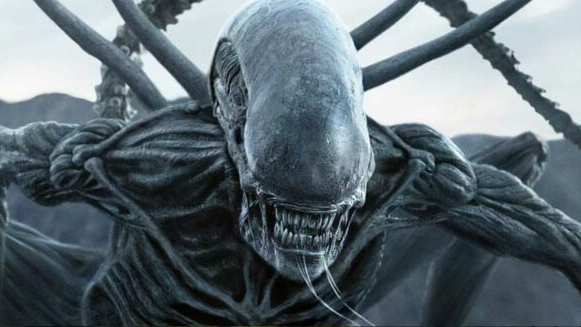Ron Cobb died at 83
Alien: Covenant Forum Topic
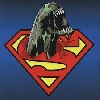
SuperAlien
MemberXenomorphSep 22, 20206453 Views4 Replies
“The first person I hired on Alien,” said O’Bannon, “the first person to draw money, was Cobb. He started turning out renderings, large full-colour paintings, while Shusett and I were still struggling with the script – the corrosive blood of the Alien was Cobb’s idea. It was an intensely creative period – the economic desperation, the all-night sessions, the rushing over to Cobb’s apartment to see the latest painting-in-progress and give him the latest pages.”
“So basically, it’s all been Dan,” said Ron. “He went to work on Star Wars and Dune, and each time he tried to get me on those projects. But since I didn’t have a great deal of film experience, producers were quite reluctant to hire me—except for George Lucas, who’d been familiar with my cartoons … Then Dan finally sold his script, and Alien was underway. He suggested that they use me, and the same problem arose, but I was taken on sort of a trial basis for about seven months in California, before the entire production moved to London.”
“We were put through shed after shed after shed,” said Chris Foss, whom O’Bannon had hired for Alien after having previously met in Paris while working on Dune, “and they were going through director after director after director.” Cobb himself told Den of Geek that “I soon found myself hidden away at Fox Studios in an old rehearsal hall above an even older sound stage with Chris Foss and O’Bannon, trying to visualize Alien. For up to five months Chris and I (with Dan supervising) turned out a large amount of artwork, while the producers, Gordon Carroll, Walter Hill and David Giler, looked for a director.”
“And he was doing some incredible stuff,”O’Bannon continued. “Wow! I was really happy during this period, seeing the movie appear under Cobb’s fingers. Of course, we usually had to go over and sit on his back to get him to do any work -otherwise he would just party on with his friends- but how beautiful were the results.” Cobb accompanied O’Bannon to England when Alien’s production went into full swing, having been personally recommended to director Ridley Scott by O’Bannon. “O’Bannon introduced me to Ron Cobb,” Scott told Fantastic Films in 1979, “a brilliant visualiser of the genre, with whom he’d worked on Dark Star. Cobb seemed to have very realistic visions of both the far and near future, so I quickly decided that he would take a very important part in the making of the film.”
“I made the two-hour round trip [to the studio] with [Cobb] every day in a miniscule red Volkswagen Golf,” said O’Bannon. “I hate to drive, so the first time I got behind the wheel I took off for London at about 70 mph and made it back in record time, through the most horrendous commuter crush and with all the traffic going the wrong way as well. Toward the end there, Cobb actually screamed, and cried out something about how I was going too fast. The next morning when he picked me up in the Golf, he told me firmly that he would be doing all the driving from here on out, so that took care of that.”
Cobb, along with Foss, was tasked with realising the human elements of the film, but he also took a crack at the Space Jockey, Alien, and the Alien temple from O’Bannon’s version of the screenplay. In Cobb’s conception of the Alien temple, a hieroglyph depicts, in a Mayan-esque fashion, an insect-like creature prone on its back as another being erupts -depicted in glorious fashion- from its midcentre. Above the new lifeform’s head is an image of an Alien egg, deified and ensconced within an aureola. The pyramid was ultimately cut due to budgetary and time constraints, and Giger was tasked with its design when the silo was incorporated with his derelict craft (which Ron also took a shot at). Ron’s concepts for the planetoid, which hewed close to O’Bannon’s Mars-esque description in his screenplay, were also ‘ignored’ by the production when the planetoid was given a grey colour scheme (Dennis Lowe’s early effects work for the planet depicted it as a turbulent orange and red swirl, akin to the surface of Jupiter.)
Though O’Bannon loved Cobb’s other designs for the Alien and derelict ship, they were lacking what only Giger was able to provide: a tangible nightmarish quality. Cobb’s Alien was rejected in favour of Giger’s almost from the get-go. “I’m afraid Ron Cobb’s ego was sorely wounded when he didn’t get to do the monster,” O’Bannon told Cinefex in ’79. “He was endlessly frustrated because he could design aliens without number and they were all convincing and all unique and all startling to look at … His designs just weren’t as bizarre, or as bubbling up from the subconscious as the stuff Giger was doing. Cobb’s monsters all looked like they could come out of a zoo—Giger’s looked like something out of a bad dream.”
But Dan did love his concept for the Space Jockey, which he described as “Just perfect! Very small jawbone – no teeth to speak of. Of course, I expected it to look horrible when you first see it in the film; but if you looked at it a bit closer you’d discover that it didn’t have the large teeth or mandibles or any of the other things that are characteristic of a carnivore – and then maybe you’d begin to imagine it as some totally nonviolent herbivorous creature sailing around in space.”
Ridley however was enamoured with Giger’s Space Jockey, and elected that the other conceptual artists focus on other areas of the film, namely the Nostromo, which had to have all the appearance of a functional and plausible 22nd century ship, but also had to convey the idea of being a haunted house, or castle; its comm towers and satellites would have to evoke a conglomeration of cathedral spires and other Gothic shapes. “I wanted the ship to look like a gothic castle,” Cobb explained, “but resisted that approach—it might have been a bit too much … I grew up with a deep fascination for astronomy, astrophysics, and most of all, aerospace flight. My design approach has always been that of a frustrated engineer (as well as a frustrated writer when it came to cinema design). I tend to subscribe to the idea that form follows function.”
Cobb, who was later quoted in the Book of Alien explaining that he preferred to “design a spaceship as though it was absolutely real, right down to the fuel tolerances, the centers of gravity, the way the engines function, radiation shielding, whatever,” found himself struggling to maintain a balance between his aesthetic preferences and Ridley’s more fantastical ideas. “They pressured us a lot to bend the technology to have a somewhat similar look to Star Wars,” said Cobb. “Sort of half-believable, but rather highly stylized—or perhaps a better word would be romanticized. The interior of the ship finally looked like a deco dance hall, or a World War II bomber, and a genuine projection of what a space ship of the future might really look like—or a combination of all of them. The theory was to give Alien more of a horror look, but I never personally agreed with that, and I didn’t have as much influence as I’d like to have had.”
Cobb’s strident rationalism impeded his attempts at the alien technology. “The only problem was that he was a rationalist,” O’Bannon explained. “I noticed this when we first started designing the picture. All these different things he as doing were coming out so well that I decided to have him take a crack at the derelict spaceship. But when I asked him to come up with an irrational shape he got very disturbed. He couldn’t handle that. He kept coming up with convincing technology for a flying saucer or some other kind of UFO.”
For his part, Ridley also found that his flashes of artistic license caused consternation with Cobb’s more realistic design philosophy. For one, Cobb insisted that every detail on the ship be accounted for: how doors opened, where the screws went and how the pistons pumped, etc. Scott however tended to find himself fighting to retain ‘illogical’ images like the ‘rain’ during Brett’s death in the Nostromo’s leg room, reconciling it to dissenting voices as condensation from within the ship. He found similar resistances when it came to getting across his ideas of the Nostromo’s outer shell. “The concept was to have the hull covered with space barnacles or something,” said Scott. “I was unable to communicate that idea, and I finally had to go down there and fiddle with the experts. We gradually arrived at a solution.” It seemed that removing any ‘space barnacles’ was a concession Scott made to the artists. “I would have liked to see it covered with space barnacles or space seaweed,” he told Fantastic Films, “All clogged and choked up, but that was illogical as well.”
Cobb meanwhile figured that the resistance to exploring the stark reality of space travel came from disinterest or inexperience on the part of the production. “There’s a certain awkwardness in the naturalistic portrayal of the space flight,” he said, “Partly because most of the people involved in this film had never made one before. They didn’t understand what they were getting into, and were put off by concepts like no sound in space, and all the gravitational effects.”
“When I met Ron, he was very adamant that they were very realistic. He wanted a heat shield on the underside of the Nostromo lander. He wanted a contrast between the smooth underside of the heat shield and the detailed upper surface. However this was not to be. Our instruction was to encrust the whole craft. When it came down, we weren’t seeing a craft come through an atmosphere; there was no re-entry. Ron was concerned that it should be there if that type of action was present. Ron is very much into the believability of things. He created wonderful background histories about his designs.”
~ Bill Pearson, Sci-Fi & Fantasy FX magazine, Aliens Collector’s Issue (#48)
“I’ve always done future designs as though they’re real,” Cobb said, “and I’ve found the more realism you put into it, the more original they look, and most of the time you don’t do that you’re just recycling a lot of silly props from every idiotic movie that’s ever been made. We just covered the walls with drawings and, slowly but surely, Alien emerged.” The amalgamation of all these various aesthetics allowed for Alien to present a very believable environment with little bearing on issues like faster than light travel or time dilation: instead, the Company’s armada of commercial ships flit from one side of the galaxy to another in short spans (the film tells us the return journey to Earth from the planetoid would take “Ten months”) and the crew do little to expositise on the ship’s technology.
In the end, the Nostromo’s design was not coalesced from various concepts by its artists, but by frustrated technicians tired of waiting for something to build. Cobb explained that “Brian Johnson, the special effects supervisor under pressure to build the large Nostromo model, went into the deserted art department and, out of frustration, grabbed all the Chris Foss designs off the wall and took them to Bray Studios. There he would choose the design himself in order to have enough time to build the damn thing … Well I soon found out that Brian found and took all of my exterior design sketches as well. About a month later I was told that Brian had used my sketch, ‘Nostromo A’, as the basis for the model, even to the extent that it was painted yellow. Ridley found the colour a bit garish and had it repainted grey.”
Cobb’s creative contributions extended beyond the look of the film: he also inspired O’Bannon to give the Alien acidic blood, coined ‘Weylan-Yutani’, and crafted with costume designer John Mollo all manner of fictional corporate insignias and emblems intended to give the film additional depth, even though the majority of their work would not be seen or even referenced on screen.
“One of the things I enjoyed most about Alien was its subtle satirical content,” explained Cobb. “Science Fiction films offer golden opportunities to throw in little scraps of information that suggest enormous changes in the world. There’s a certain potency in those kinds of remarks. Weylan-Yutani for instance is almost a joke, but not quite. I wanted to imply that poor old England is back on its feet and has united with the Japanese, who have taken over the building of spaceships the same way they have now with cars and supertankers. In coming up with a strange company name I thought of British Leyland and Toyota, but we obviously couldn’t use Leyland-Toyota in the film. Changing one letter gave me Weylan, and Yutani was a Japanese neighbor of mine.” The Company would be called Weyland-Yutani in the following movies, with the ‘d’ added sometime during Aliens’ production by Cobb for an unspecified reason – perhaps it was an error, or he was no longer shy about the ‘Weyland/Leyland’ allusion.
For the Company’s logo Ron figured that “It would be fun to develop a logo using the W and Y interlocking. We tried a lot of variations and came up with some very industrial looking symbols, which were to be stenciled all over the ship. By that time though Ridley was already set on using the Egyptian wing motif. We tried some combinations, but they didn’t really work. Weylan-Yutani now only appears on the beer can, underwear and some stationary, so the joke sort of got lost.” Though it’s not obvious at a glance, Cobb’s Egyptian motif logo appears on virtually every piece of equipment on the Nostromo, including dinner bowls and coffee cups. The crew wear blue Weylan-Yutani wing emblems on their chests, except for Kane, who wears a silver patch, and Dallas, whose gold patch is possibly coloured to denote his captaincy. (source)
He died on his 83rd birthday.
RIP
"He survived, he’s now in Disneyland in Orlando, and no way am I going back there. How did he end up in Disneyland? I saw him in Disneyland, Jesus Christ!"
Replies to Ron Cobb died at 83
Hey Guest, want to add your say?
Are you an avid Alien fan looking for a dedicated online community of likeminded fans? Look no further! Create your own profile today and take part in our forums and gain XP points for all the content you post!


